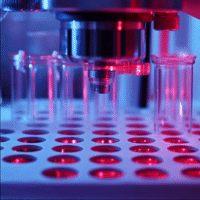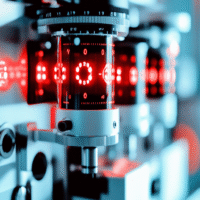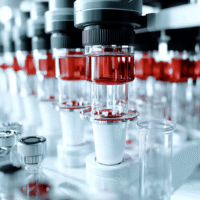Understanding the Study Results
In this study, researchers looked at how different types of surgery for oral cancer affect neck and shoulder function. They compared two groups of patients: one group had a type of surgery that preserved more neck tissue (level IIb-preserving), while the other group had a standard surgery (conventional neck dissection).
What Worked?
- The level IIb-preserving surgery showed less nerve damage. Only 50% of patients in this group had nerve issues, compared to 95% in the other group.
- Recovery of shoulder function was seen in both groups over time, specifically at 6 and 12 months after surgery.
What Didn’t Work?
- Even though nerve recovery was shown in tests (EMG and goniometry), patients in the level IIb-preserving group still reported significant impairment using the Neck Dissection Impairment Index (NDII) at 12 months.
- This suggests that NDII may not effectively reflect the actual recovery of shoulder function.
How Does This Help Patients and Clinics?
- Doctors can consider using level IIb-preserving surgery to reduce nerve damage and improve recovery for patients.
- Clinics can monitor shoulder function with a more accurate combination of tests, using EMG and goniometry alongside NDII.
Real-World Opportunities
- Hospitals can offer training for surgeons on the level IIb-preserving technique to improve patient outcomes.
- Clinics can implement regular follow-up assessments using multiple methods to track patients’ recovery more effectively.
Measurable Outcomes
- Track shoulder function using EMG and goniometry every 6 months after surgery.
- Compare NDII scores at different time points to evaluate patient-reported outcomes.
AI Tools to Consider
- AI systems that analyze EMG data can help in tracking nerve function recovery.
- Patient management software can help clinics organize and schedule follow-ups based on these study findings.
Step-by-Step Plan for Clinics
- Start by educating surgical teams on the level IIb-preserving approach.
- Implement a recovery tracking system using EMG and goniometry for all patients undergoing neck dissection.
- Gradually introduce NDII assessments to gather patient feedback and compare with objective measures.
- Review the collected data regularly to adjust treatment plans and improve patient outcomes.
For more details, you can read the full study here.


























